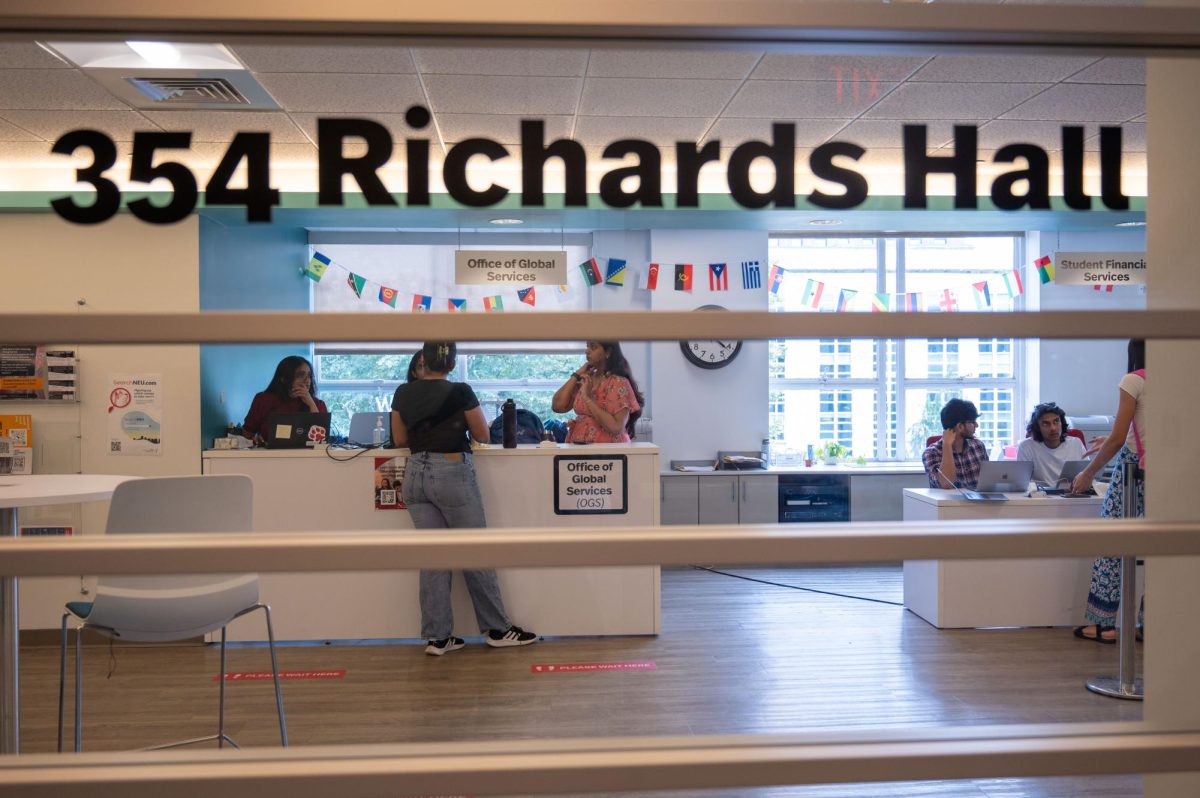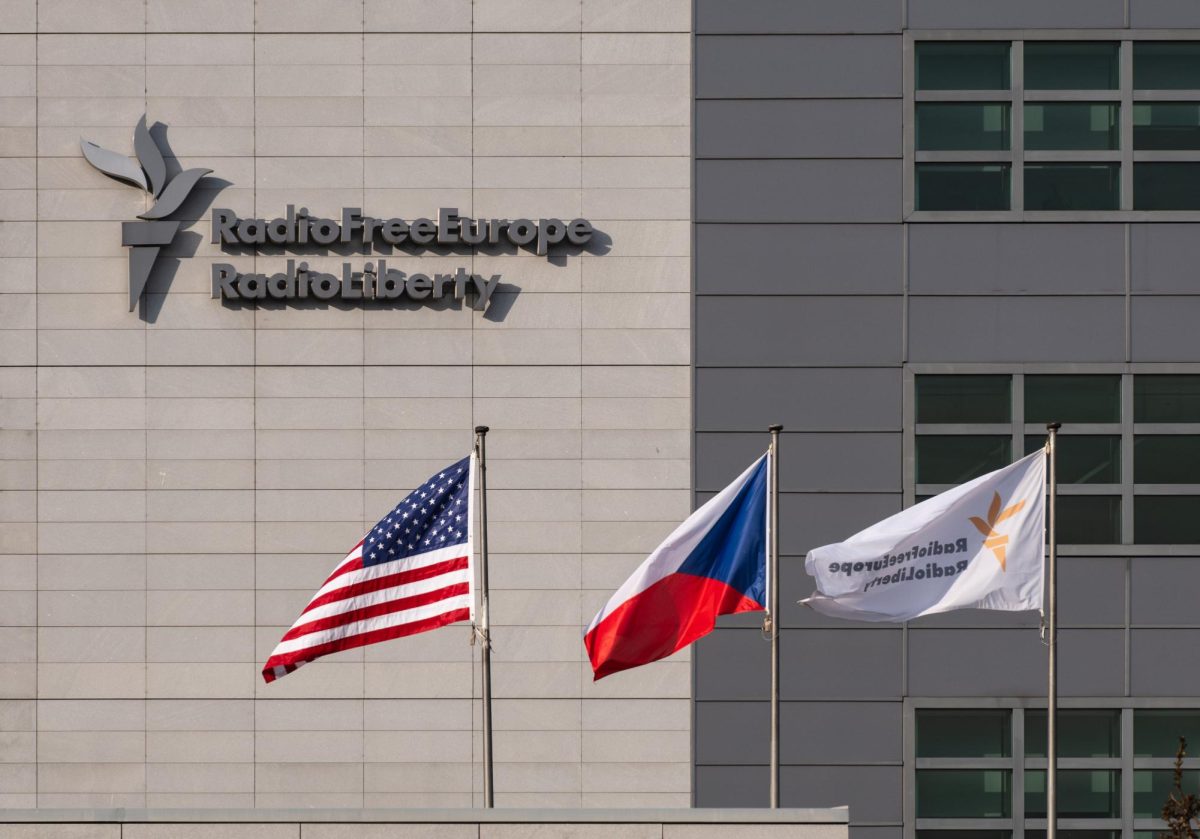Over the last few years, members of the Northeastern administration have spent considerable time and resources drafting the university’s Institutional Master Plan (IMP), the document required by the city that dictates how the university will develop its land and the surrounding neighborhoods over approximately the next 10 years. In December, the university submitted the IMP notification form, which expresses specific proposals that the school hopes to include in the final IMP document.
A Community Task Force made up of residents of surrounding neighborhoods – the Fenway, Mission Hill, Roxbury and the South End – is currently reviewing the notification form and will advise on it. The administration drafted the notification form, the community is reviewing it and the Boston Redevelopment Authority (BRA) will have the final word. But there is one key group missing from this equation: students.
At first glance it may seem as if this is an issue that really doesn’t affect students. Few, if any, of the changes proposed for the IMP will come to fruition by the time the current freshmen class graduates – upperclassmen will be long gone. But even as current Northeastern students spread across the globe in the next ten years, the future of the university is still very relevant to them. As the university grows, so will the value of a Northeastern diploma. The success of the current IMP is very much in the interests of Northeastern’s current students.
In theory, the university, in drafting the notification form, represents the interests of the students. To the administration’s credit, it has made every effort to ensure that students have a chance to voice their concerns and express what issues they believe should be addressed in the IMP. Last January, the administration held a town hall meeting to gather student input, and student body president Peter Petrin – who has been lobbying the BRA to get a student seat on the advisory body – agrees that the administration has adequately represented the students in the process. Nevertheless, an issue of such importance deserves a direct student voice.
This issue presents another question as well: Are students not members of the community? The Task Force advising on the IMP is made up of members of the community, and whether or not long-term residents want to accept it, the fact is that students make up an increasingly significant part of the neighborhoods surrounding the university. While it’s true that many students are mere passers-by in the area, maybe if they were included in the community, they would feel a sense of commitment to it and be more reluctant to leave.
There is irony in the fact that the city has been actively trying to keep students, and their potential tax contributions and buying power, from leaving the city, and yet the BRA seems reluctant to include them on the Community Task Force that not only directly affects them, but also the neighborhood in which the city hopes they will remain. In recent years there has been somewhat of an us-versus-them mentality among long-term area residents and students. Members of the task force consistently lament about rowdy student populations.
While this is somewhat understandable given the behavior of some students, it shouldn’t stand in the way of students and long-term residents working together to foster a true community. On the contrary it presents all the more incentive. A good first step towards a united, harmonious community would be a student seat on the IMP Community Task Force.








